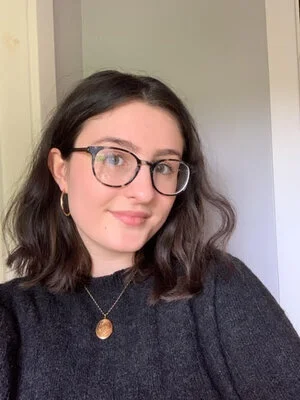The Power Of Collaborative Poetry By Molly Cheek
Slowing Song
Somewhere in here, logic and magic
combine to help me keep on going.
Amongst the slaps of feet in panic,
dandelions turn their heads: gently always knowing
rituals of sunshine and growth.
Even the pigeons with emerald feathers
bob their grey heads: gently, softly glowing,
quietly cooing nature’s oath.
This was written in March, just before the swift blow of lockdown. In a time where I felt distant from those I loved, I wanted to create an incentive to bring people together. On Instagram, I asked for people to comment on the post with a line, a phrase, even a word - and I arranged them together in a poem along with my own contributions. People from all corners of my life commented: my family, childhood friends, university friends, people I'd only met online. And by laying down their words side by side, I had begun to gather the corners of my own life and recognise their connection.
And this is what collaborative poetry is: an exercise in connection. It bridges the gap between the deeply personal and the experiences that unify us. Perhaps this connectivity is what has kept it alive over the centuries - collaborative poetry is nothing new. It has been present in different cultures throughout history, one being the intricately structured Japanese renga. Individuals would collaborate in transcribed, oral sessions called rengakai. In the twentieth century, a modern version of these forms was developed called renshi. Renshi poetry is more liberal in its following of rhythm and length, but still keeps collaboration at its heart.
With social media, it’s easier than ever to create a collaborative poem. The structure can be as free-flowing or as measured as you like - but the beauty is, it belongs to everyone that’s written it.
Sources:
Written by Molly Cheek
Molly works in administration for her local town council. She has a degree in English Literature from Cardiff University, primarily studying 19th-century literature and women writers of the period. She writes poetry and songs, and enjoys walking around Bristol, Somerset and beyond.

